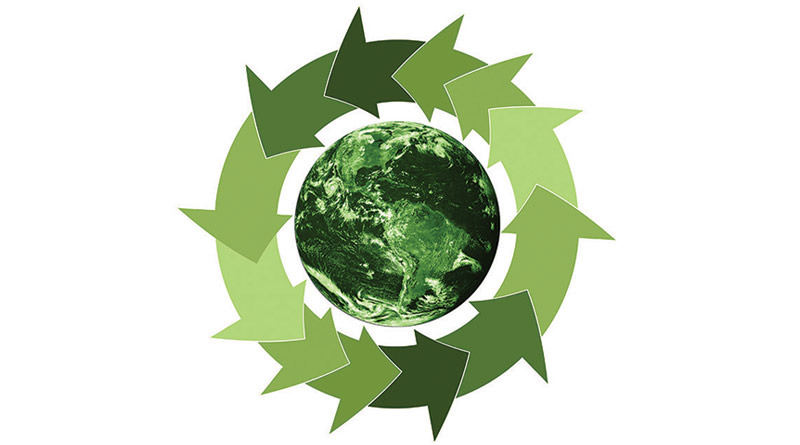Closed-Loop Recycling: How to Implement in Business

By Nathan Gray, Head of Sustainability at Reconomy (www.reconomy.com)
With many businesses rushing to consider their environmental impact, closed-loop recycling should be a process high up on the agenda.
This is defined as the process by which a product is used, recycled, and then made into a new product if it can’t be reused in the first instance. The process results in no waste going for energy recovery or landfill.
This is crucial in light of tighter government legislation such as the plastic packaging tax introduced last April and the impending single-use plastic ban in October 2023.
With this in mind, we share our tips on how you can bring your organisation’s processes full circle.
What are the benefits for businesses?
Embracing closed-loop methods offer significant benefits, including:
• Decreased air pollution by producing little to no greenhouse gas emissions in the creation of new plastics from oil extraction.
• Reduced landfill space and landfill taxes for businesses.
• Minimised risk of harm to wildlife.
• Opportunities to market your sustainable solutions to enhance customer satisfaction among those who prefer to buy sustainably.
We provide some examples of success stories from different sectors:
Retail
Packaging can also be a chief concern for retailers. 40% of UK online shoppers, for instance, feel they are sent deliveries with packaging that is too big for what they ordered. One of the best ways to limit extraneous packaging is to employ a closed-loop solution. This could include recycling old or broken materials or reusing packaging which would ordinarily be disposed as single use.
Manufacturing
Closed-loop recycling is a particularly effective system in manufacturing. Partnering with a waste management service can give better guidance on waste segregation at project depots to achieve zero waste.
Problematic and difficult-to-process waste streams may include silicon, PVC banners, and fibre-based and laminated packaging. However, with the right guidance, even these difficult plastic waste materials can be recycled back into other products.
Hospitality
Food waste is particularly problematic as it can contaminate many other forms of waste which significantly reduces recycling opportunities. When food waste ends up in a landfill, it decomposes without oxygen which releases methane. The preferred solution is preventing food waste in the first instance, however, anaerobic digestion is the preferred solution for food waste.. This effectively transforms food waste into green electricity as well as producing an effective fertiliser to help grow fresh fruit and vegetables in line with circular principles.
Fully digitising your processes can facilitate this. By using web portals and mobile apps, companies can itemise materials and monitor them in and out. Machine-driven algorithms can then filter the data to identify areas where waste can be eliminated and items can be recycled.
Sources
Plastic Packaging Tax: steps to take – GOV.UK (www.gov.uk)
Far-reaching ban on single-use plastics in England – GOV.UK (www.gov.uk)
Retailer clothing take-back guide | WRAP
How can online retailers minimise their waste | Biffa
Plastic Recycling | Singlye- Use Plastics | Reconomy | Waste Management
https://environmentagency.blog.gov.uk/2021/03/28/construction-and-demolition-sites-do-you-know-whats-in-your-waste/
https://www.bbc.co.uk/news/business-57899572
